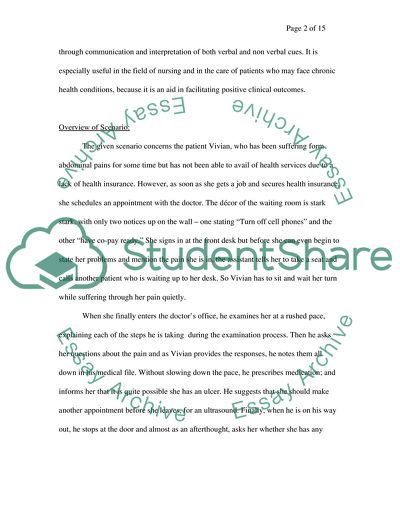Cite this document
(“Health Care Roles Essay Example | Topics and Well Written Essays - 3750 words”, n.d.)
Health Care Roles Essay Example | Topics and Well Written Essays - 3750 words. Retrieved from https://studentshare.org/miscellaneous/1547355-health-care-roles
Health Care Roles Essay Example | Topics and Well Written Essays - 3750 words. Retrieved from https://studentshare.org/miscellaneous/1547355-health-care-roles
(Health Care Roles Essay Example | Topics and Well Written Essays - 3750 Words)
Health Care Roles Essay Example | Topics and Well Written Essays - 3750 Words. https://studentshare.org/miscellaneous/1547355-health-care-roles.
Health Care Roles Essay Example | Topics and Well Written Essays - 3750 Words. https://studentshare.org/miscellaneous/1547355-health-care-roles.
“Health Care Roles Essay Example | Topics and Well Written Essays - 3750 Words”, n.d. https://studentshare.org/miscellaneous/1547355-health-care-roles.


